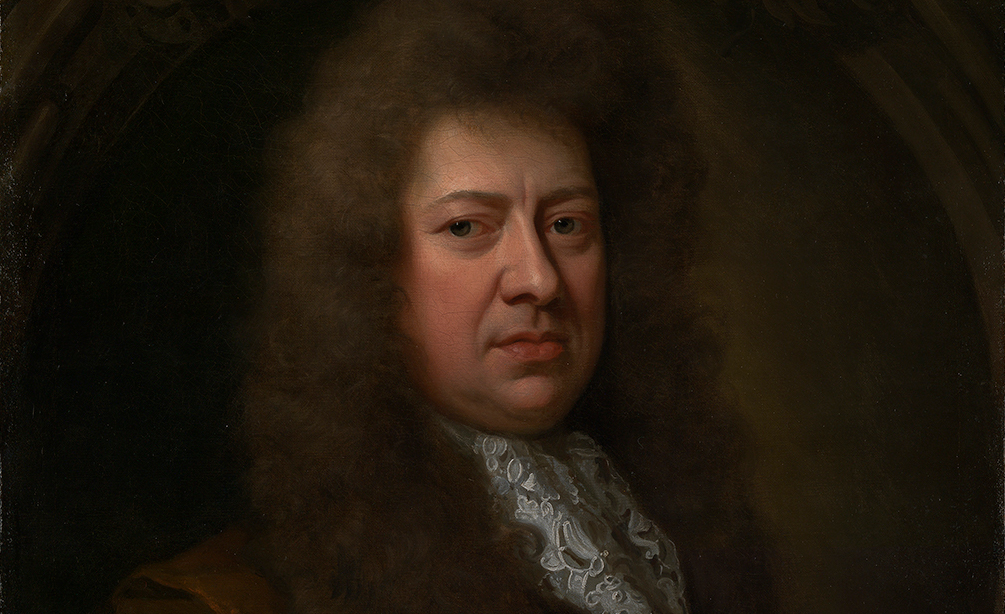I’ve received four letters concerning my most recent column in Mosaic, “The Mystery of Simḥat Torah 1663, at the First Synagogue in England in 350 Years.” Three of my correspondents express doubts about my conclusions in the column, which dealt with the English diarist Samuel Pepys’s October 1663 visit to the Shaar Hashamyim synagogue in London. The fourth correspondent explains what must have been going on in that visit better than I managed to do, and in doing so he answers the doubters.
In my column I argued that the hakafot (parading of the Torah scrolls) of the Simḥat Torah service that Pepys apparently witnessed were in fact “second hakafot” conducted on the night after the holiday’s end. Such hakafot, I pointed out, were instituted in Palestine in the 16th century by the Safed kabbalist Isaac Luria and spread under his influence to some localities in the diaspora—among them, I theorized, Amsterdam, whose Spanish and Portuguese Jews, settling in London after England abolished its ban on Jews, founded Shaar Hashamayim.
My correspondents Yehuda Herskowitz, Yitzchok Feldman, and Abe Katsman all question this analysis, which was based on several assumptions—including that the prayer shawls or tallitot described by Pepys might have been worn at night, as tallitot almost never are, and that Pepys and his wife could have witnessed a nighttime ritual and then proceeded to do all the other things that the diary has them doing before going home.
Although my column didn’t ignore these difficulties, it did not, I admit, deal with them very cogently. Yet Messrs. Herskowitz, Feldman, and Katsman, for their part, fail to rebut my main point that the hakafot seen by Pepys could not have taken place (as hakafot generally do) on either the night on which Simḥat Torah began that year or on the morning of the following day.
The fourth letter, received from Abe Scalar, solves the puzzle. “I would like,” he writes,
to make the following two comments. In the Sephardi tradition [as practiced by the Spanish-Portuguese Jews of Amsterdam who came to London], the second hakafot of Simḥat Torah are held in the afternoon [service of] minḥah. (In some congregations, there is also yet another set of hakafot at night after the holiday is over.) And regarding the wearing of tallitot, Spanish-Portuguese congregations wear them at minḥah, too.
Had I known there was a Spanish-Portuguese custom of holding second hakafot at the minḥah or afternoon service on the day of Simḥat Torah, I would have realized that this was what Pepys saw. Scalar’s letter thus disposes of several problems. It closes the time gap between Pepys’s lunch and his synagogue visit, which I had to assume was filled by an unmentioned afternoon nap. It explains why all of the males in the synagogue were wearing tallitot. (This was Isaac Luria’s custom, too. He always wore a tallit at minḥah, his disciple Hayyim Vital wrote of him, and removed it when the sun set.) And it explains why Pepys and his wife still had time for various business after leaving the synagogue.
In short, second hakafot held at minḥah on October 14, 1663, according to the Julian calendar, were undoubtedly what Pepys was describing.
More about: History & Ideas, Religion & Holidays, Samuel Pepys







